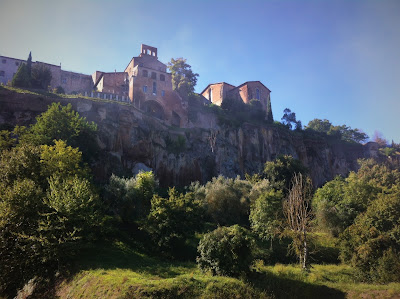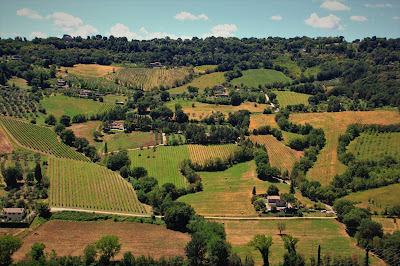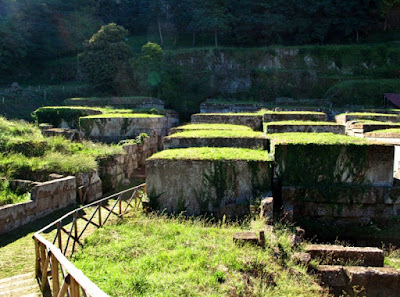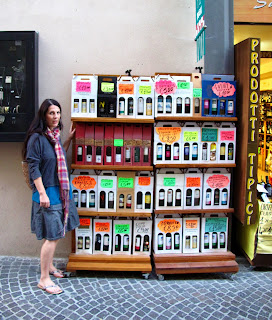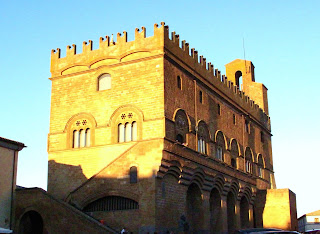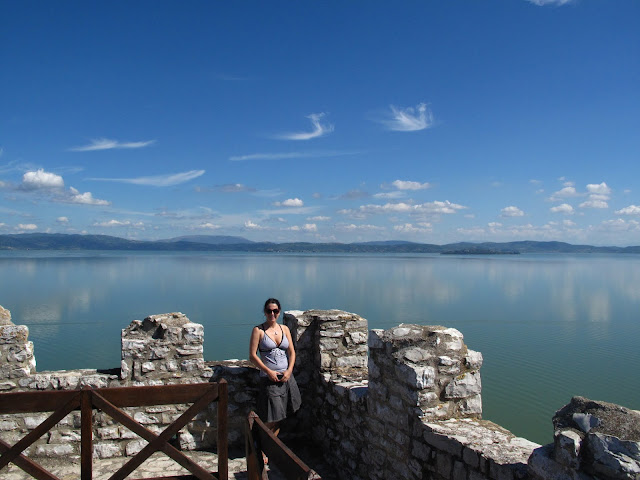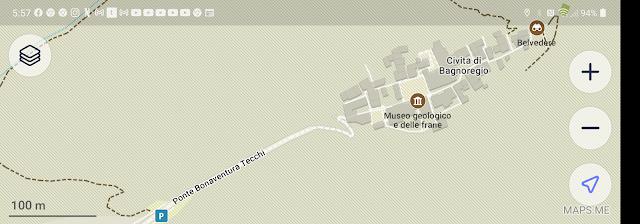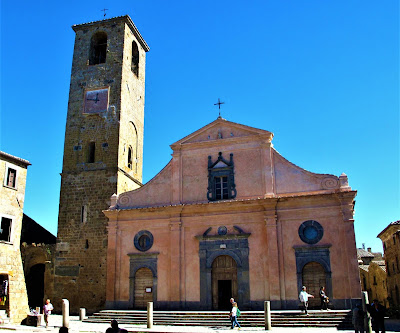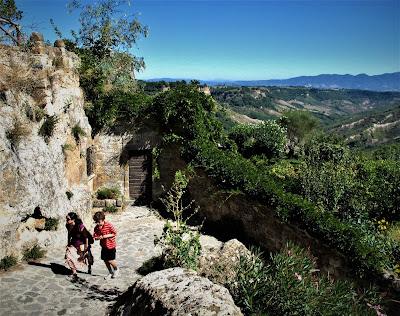Gypsy Monika
JOIN ME ON MY "SLOW-TRAVEL" ADVENTURES AROUND THE WORD AND PERHAPS PICK UP A TIP OR TWO!
Translate
Saturday, March 12, 2022
ORVIETO~Classic Umbrian Hilltown
 Hi there, I'm Monika! I am a belly dancer who loves travel, food, and history. Since 2013, I have been documenting my SLOW-TRAVEL adventures with my family, and now I am branching out into SOLO FEMALE TRAVEL OVER 50!
I hope you join me on my adventures...
Hi there, I'm Monika! I am a belly dancer who loves travel, food, and history. Since 2013, I have been documenting my SLOW-TRAVEL adventures with my family, and now I am branching out into SOLO FEMALE TRAVEL OVER 50!
I hope you join me on my adventures...
Saturday, February 13, 2021
Castiglione Del Lago~Perfect Family Destination In Umbria
Looking for a hidden family-friendly gem in Tuscany? This peaceful lakeside town on the Tuscan border with Umbria has all the charms of a big resort, without any tourist crowds.
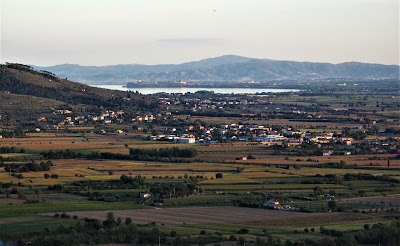 |
| Castiglione Del Lago Viewed From Cortona |
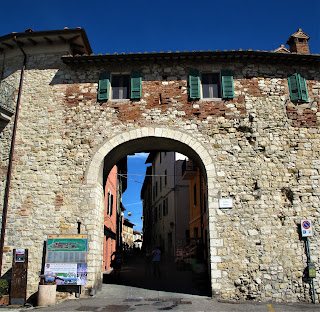 |
| Gate in Medieval Wall |
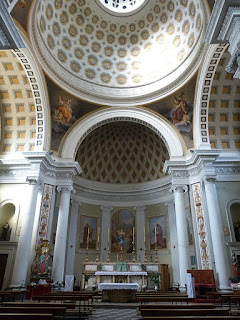 |
| photo: Wolfgang Sauber |
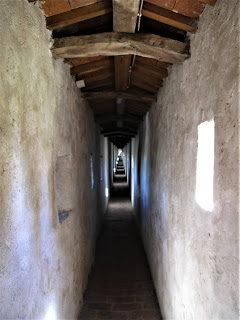 |
| Corridor to the castle |
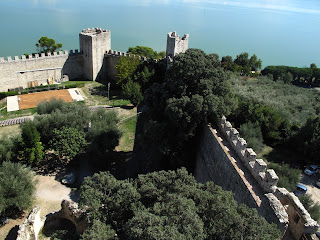 |
| View From The Masio |
Family time in Tuscany has never been so much fun! What is your favourite family activity when visiting Tuscany? Let me know in the comments below...
Follow me on FACEBOOK, INSTAGRAM and BLOGLOVIN' for daily photos and updates! #slowtravel🐌
 Hi there, I'm Monika! I am a belly dancer who loves travel, food, and history. Since 2013, I have been documenting my SLOW-TRAVEL adventures with my family, and now I am branching out into SOLO FEMALE TRAVEL OVER 50!
I hope you join me on my adventures...
Hi there, I'm Monika! I am a belly dancer who loves travel, food, and history. Since 2013, I have been documenting my SLOW-TRAVEL adventures with my family, and now I am branching out into SOLO FEMALE TRAVEL OVER 50!
I hope you join me on my adventures...
Friday, February 12, 2021
Italian Ghost Town Civita di Bagnoregio
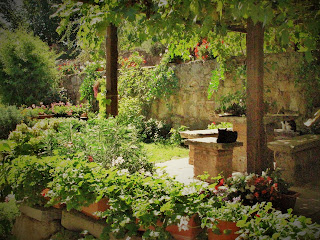 |
| Maria's Garden |
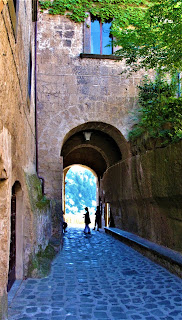 A pedestrian footbridge stretches across the vast canyon, leading upward to the Roman archway, which is the village's entrance. Stepping through the Porta Santa Maria arch, you walk along the Etruscan road that was carved 2,500 years ago. These ancient cobbled roads had led to Rome before Rome WAS Rome!
A pedestrian footbridge stretches across the vast canyon, leading upward to the Roman archway, which is the village's entrance. Stepping through the Porta Santa Maria arch, you walk along the Etruscan road that was carved 2,500 years ago. These ancient cobbled roads had led to Rome before Rome WAS Rome!Civita is a delightful place to spend an afternoon-WITH NO AGENDA.
There are no main sights to see in Civita di Bagnorgio. The delight is to stroll the hamlet, take a million pictures, have lunch & a coffee and perhaps stop to pet the many, many cats here. The village is tiny, so it doesn't take long to wander around it. Enjoy the Etruscan carvings, the medieval layout of the town, the remains of the renaissance palace and the outdoor laundry sinks, the locals' meeting-place for decades.
As you stroll the village and take in the views, wander the small alleyways, admire the display of flowers that explode from every window box and staircase.
At the end of the town, the main street begins to slowly wind downhill. The road eventually turns into a trail that villagers used to travel to attend their farms on the valley floor. If you descend along the pathway, you begin to see caves carved out by the Etruscans 2,500 years ago! These caves were used as wine cellars and storage for farm equipment until just a few decades ago.
One cave has a gate in front of it, sealing it off, but you can peer inside. This is the Cappella del Carcere or The Chapel of The Incarcerated. This was most likely an Etruscan tomb, but in Medieval times it was used as the city's jail. This humble "chapel" is a special place of worship for the few remaining Civita residents and is the town's starting point for religious processions.
Now that you have worked up an appetite exploring Civita, it's time for a meal!
There are many choices for food in Civita. I decided to stop for a delicious lunch at a small Osteria off the main piazza called La Cantina di Arianna. Delicious "bruschetta" (toasted bread with local olive oil) and homemade salumi, and of course, the local Orvietto Classico white wine is the best! Check out my blog post for more information on Wines to Try in Umbria.
My son had so much fun feeding the cats and their little kittens that gathered under our table during lunch. It seems like outdoor dining in hill towns often means you will have little furry guests joining you for your meal.
Civita di Bagnoregio had soared in popularity since I first visited it in 2013 when it was just a sleepy little ghost town on the Tuscan-Umbrian border. I recommend planning your visit to Civita earlier in the day or later in the evening, catching the sunset, to avoid the mass tour-bus crowds. Just remember to slow down your pace and enjoy sauntering around this unique place on earth.
Have you been to Civita? What was your impression; a tourist trap or a slice of heaven? Let me know in the comments below!
Follow me on FACEBOOK, INSTAGRAM and BLOGLOVIN' for daily photos and updates! #slowtravel🐌
 Hi there, I'm Monika! I am a belly dancer who loves travel, food, and history. Since 2013, I have been documenting my SLOW-TRAVEL adventures with my family, and now I am branching out into SOLO FEMALE TRAVEL OVER 50!
I hope you join me on my adventures...
Hi there, I'm Monika! I am a belly dancer who loves travel, food, and history. Since 2013, I have been documenting my SLOW-TRAVEL adventures with my family, and now I am branching out into SOLO FEMALE TRAVEL OVER 50!
I hope you join me on my adventures...

